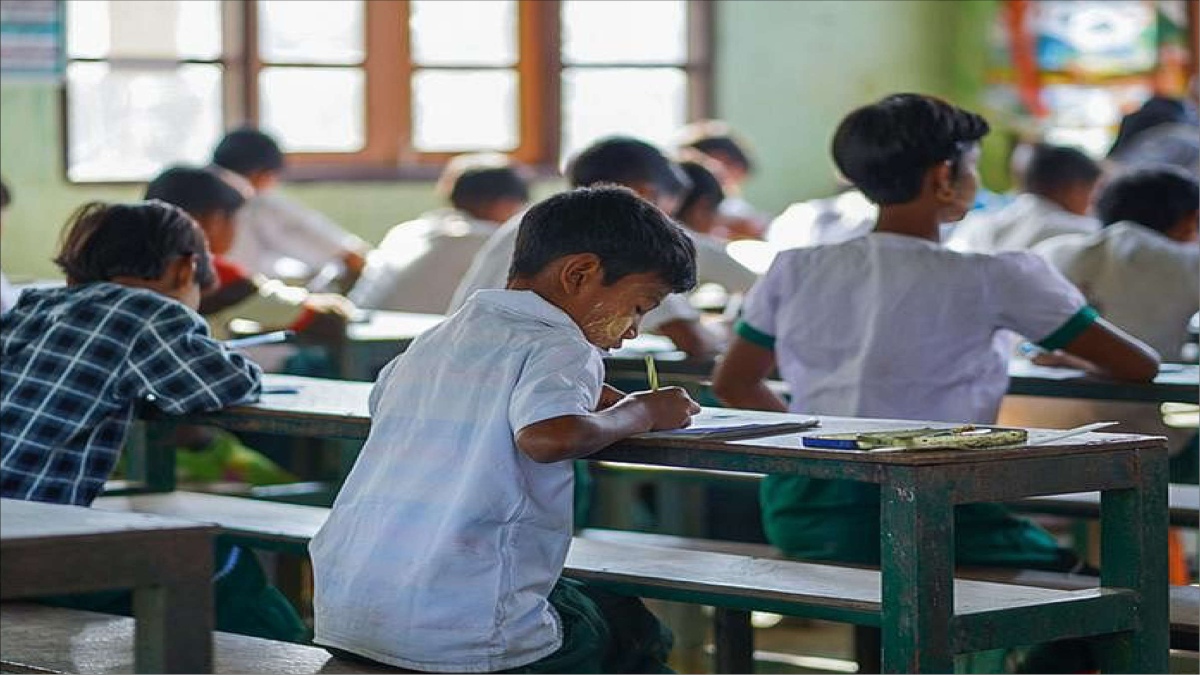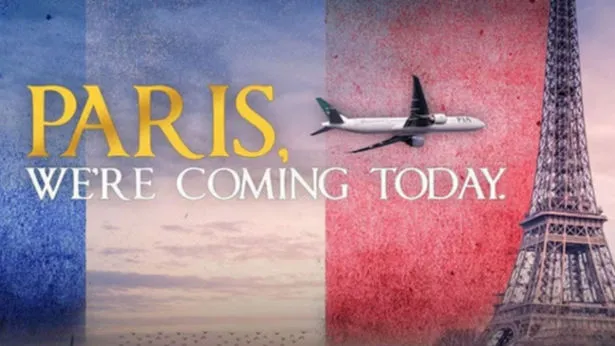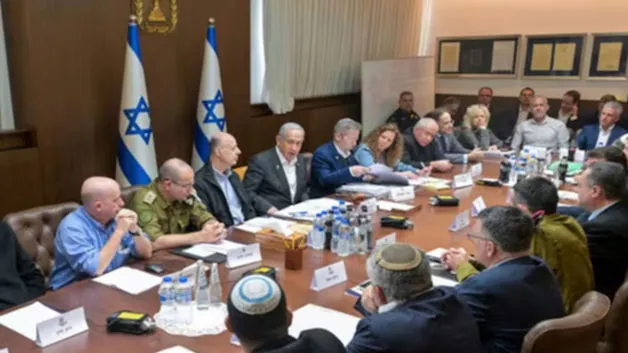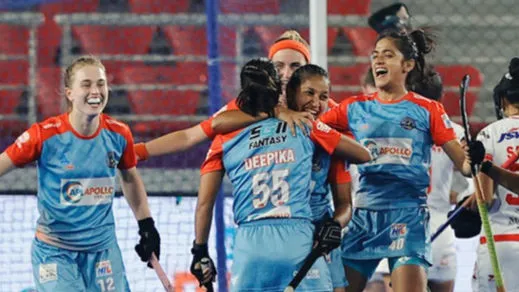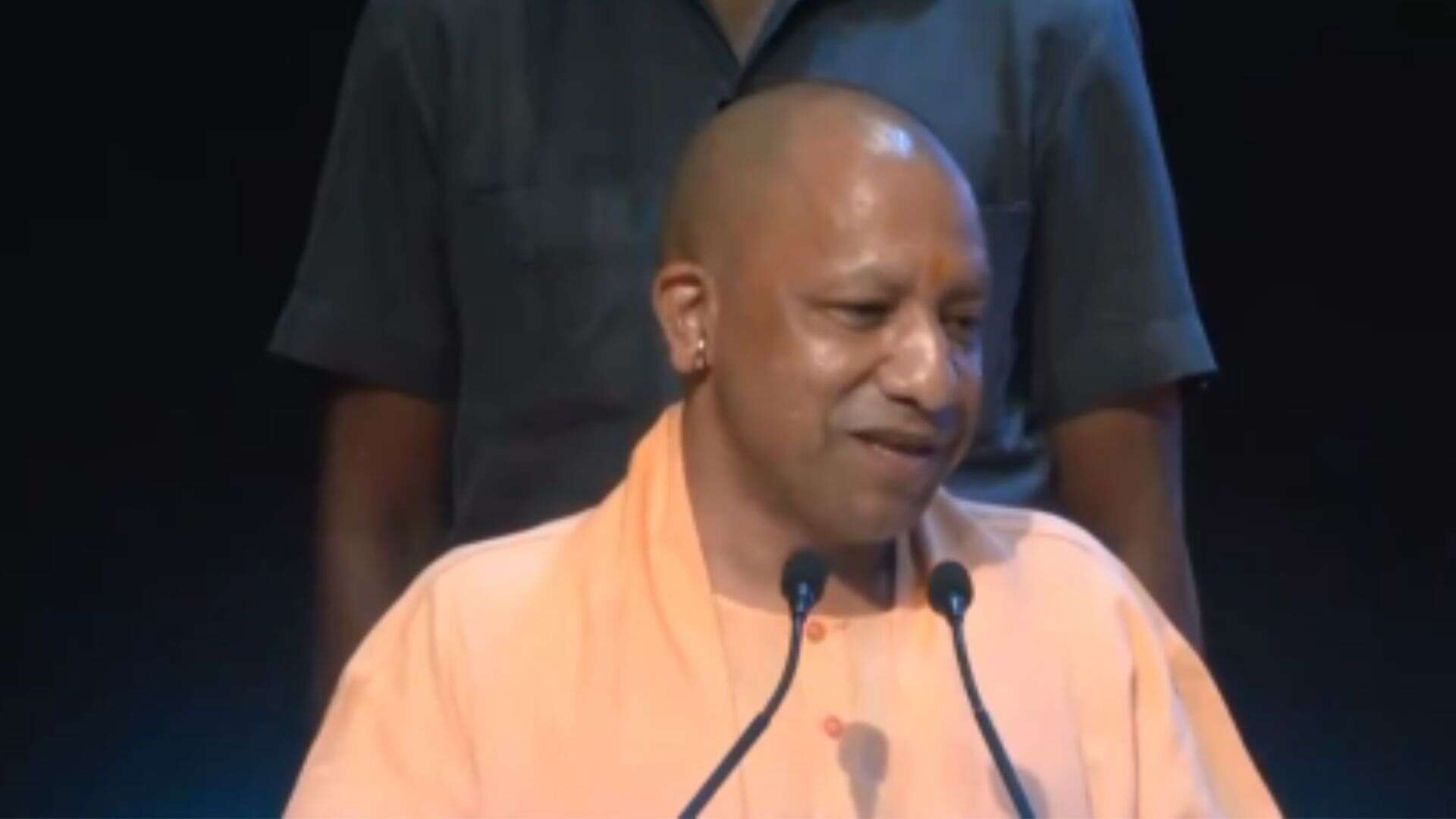INTRODUCTION
school textbooks with an ancient and communal predisposition, and the unaccounted for glorification of a religion oriented education system, was one of the most disturbing features in the National Curriculum Framework for School Education (NCFSE) in 2000. This is because education, specially the primary phase, usually acts as an epicentre for social learning and opinion formation, hence these years are also called formative years. If a child is inculcated with critical thinking abilities during this period and is exposed to those works in the academic realm, which are unbiased and analytical in nature, it will culminate the learning experience into an entirely different one than otherwise. For example, even Jyotirao Phule, rejected the Manusmriti to be an ideal source of knowledge, as it reinforced the patriarchal and sub-standard living for the dalits and women respectively and the role played by these sects in the society. Even the father of our constitution, Dr. B.R. Ambedkar said in one of his writings after the advent of the ‘modern’ type of education, “I knew that I was an untouchable, and that untouchables were subjected to certain indignities and discriminations. For instance, I knew that in the school I could not sit in the midst of my classmates according to my rank [in class performance], but that I was to sit in a corner by myself.”
The new National Education Policy of 2020, is based on the suggestions by an expert committee of Dr. Kasturirangan, who is the former chairman of the Indian Space Research Organization (ISRO). Though it seems to fit in the purview of what can be called as revolutionary in terms of mapping of an idea, but, it integrates with itself some deep and hidden nuances of revivalism. Although if considered independently, that would not have been such a threat to the liberty and constitution of the country, but the snippets given above with respect to the sociopolitico-religious discourse at that point of time, which pertained to a system of subhumanisation of certain people based on their caste, it can give us a rather bleak and undesirable picture of what can and may happen if things go in that plane. Looking at the current fervour of promotion of privatisation in the field of education, it might bring a sense of commoditisation of this entity which will create an unhealthy capitalistic competition amongst institutions.
This might include schools cutting back on expenditures in areas like sports, and extra-curricular activities in order to divert it towards the academic department, or a school in order to get more admissions may reduce its fee, with which, will go down the quality of the resources it uses, in order to balance the accounts. The matter of concern is that, it is the field of education which is the subject here, which earlier was considered to be a noble profession, the one which forebears the primary role of building the nations’ future and its economy.
This piece helps to explore exactly that, in its sense, it will cover three major tones with respect to the socio-political climate of the country and the past attached to it. The first part will talk about the rural-urban divide, after which the impact of the policy on the nuances of cast will be explored and lastly, the aspect of privatization shall be enumerated upon.
RURAL-URBAN: SOCIALLY DISTANCED
The policy document mentions the new and vaguely defined concept of ‘Fragmentation of Higher Education System’ and calls it responsible for the status quo, with respect to the homogeneity of institutions, and calls for action, “by transforming higher education institutions into large multidisciplinary universities, colleges, and HEI clusters/Knowledge Hubs, each of which will aim to have 3,000 or more students.” With noble intentions of creating diversity and inclusivity, by making large multidisciplinary universities and aiming a jump in the Gross Enrolment Ratio from 26.3% (2018) to 50% by 2035, the actions which are taken in furtherance to these also need to be noble in nature, not just on surface, but in such a manner that no strata of the society is left out. For example, the emphasis is laid, as per the policy document, on prestigious institutions like IITs and NITs to facilitate the intake of students into these institutes by the results of various national, and international Olympiads. This can have a host of concerns, like the inability of many rural residents of the country to even register for these exams, due to unavailability of resources, poverty, or simply because of lack of awareness due to the obvious lack of means to be aware.
As much as a single entrance exams sealing the fate of students is a problem, we certainly cannot have students giving exams in two different leagues altogether. The needle in the haystack is one decision which seems to be proportionate to the resources and investment options which the country currently possesses. The provision being referred here is of scholarships for the ones living in rural areas for the 4 year B.Ed. programme, along the end of which employment opportunities will follow too. The aim of this policy is to control excessive teacher transfers, a menace which results in breaking of the continuity for the pupils and teachers alike. This provision will create an incentive for potential teachers to fill this deficit. It seems to be one of the few steps in the welcome direction and along a possible line of action, which has been a rare occurrence to be seen in the rest of the policy document, as it does not highlight any procedural tactics to bring to life, all the plans which have been stated.
THE DILEMMA OF CASTE AND RELIGION IN THE EDUCATIONAL REALM
According to U-DISE 2016- 17 data, about 19.6% of students belong to Scheduled Castes at the primary level, but this fraction falls to 17.3% at the higher secondary level. This indicates the status quo, which – via a very logical deduction – might further deteriorate. One of the reasons for it would be the constant emphasis on learning two subjects, that is, of Sanskrit and Indian heritage. N o w, i d e a l l y t h e r e shouldn’t be anything wrong with the government or anyone for that matter, when wanting to stick to their roots, but if we look at the bigger picture, we shall be acquainted with the fact, that provisions like reservations for SCs, STs, and OBCs, or the anti-discrimination laws which the country had to make, were due to a plethora of reasons, and one of them was the intrinsic tendency of people to engage in discriminative practices. This instinct developed in the people from education which they undertook at that time, which was considered to be the prevailing truth of that era, and hence could not be questioned. Therefore, bringing back a practice of this time might not only be counter-productive to the agendas of inclusion in the policy, but may also result in nullifying of the work done by the anti-discrimination campaigns so far.
One may question that the study of Sanskrit and the Indian heritage, are not interrelated, and that Sanskrit alone, cannot be a cause of action. But the fact is that most of the literature written during an era of prevalence of any language – in highest probabilities – will contain ideas which were mainstream during the time of the rule of that language. Hence, when we say sanskritization might seem problematic, it does not refer to the language in its pure form, rather it refers to dominant ideas at the time of the reign of the language, and hence it comes to the language itself indirectly. M. N. Srinivas as well. considered sankskritization a threat and a pre-cursor to hierarchization and even hostility as it dictates lower castes to rise to higher caste by imitating the sanskritic rights of the twice-born. It won’t serve very well in a society which is supposed to be made on democratic ideals
PRIVATIZATION: NEED OR GREED?
Starting with a quotation from the policy document saying, “opportunities for higher cost recovery without affecting the needy or deserving sections will also be explored.” Where this statement does give us a ray of hope, it needs to be understood, that such an ambitious remark without any mention of a practically applicable mechanism for the same makes it sound like nothing less than mere lip-service. Another such claim is of recruitment of teachers familiar with local languages, it is not clear whether it is for the particular language subject only, or for all subjects, which can possibly cause an acute shortage of teachers who clear this criteria, and also sharply decrease the pool of candidates who may apply. The policy talks about this concept of twinning or pairing of a private school with a government one so that they can share their resources and make learning for both a symbiotic process.
While socially this move might play a decent role, in exposing children to diversity and inculcating in them respect for others, it is still contentious to predict the viability of this venture, especially for the pupils of government-run schools. This is because both of the two bodies are having different visions and objectives, for example, private schools, as harsh as it may sound, operate on a for-profit model like any other private company would, and the policy does not create any incentive for them to engage in this process. Apart from that, a private school, like any private company, will focus on customer satisfaction, which are in this case, the parents of the students since that is where the revenue stream begins from. This might result in schools focusing too much on academics and marks/grades since that is what has been the perception of excellence since generations. This will hamper the holistic development of the child and the discourse around changing perceptions of excellence and liberating it to include sports, music, drama and other extra-curricular activities.
This lacuna in the government’s approach can be seen in another instance when it talks about the existing asymmetry between the regulatory approaches to public and private schools, where it considers the goals of both of these institutions to be the same, to provide education. A self-regulatory approach for private institutions can also be noted, as a suggestion from the side of the government, which raises questions so as to what credibility will persist if every institution is self-regulated and accredited, whether government or private. This is because of the obvious possibility of all kinds of biases which may rig the ratings. The HEIs in the private sector will also be given autonomy to set their own rules regarding various fees and financial decisions although the provision of scholarships is also present and encouraged but, such advisory nature of these scholarships clearly shows the possible outcome of this move too and the visible effect on its agenda of social inclusivity and diversity. In one and all cases only suggestive requirements have been incorporated in the policy and nothing of any authoritative nature is present, especially for private education-imparting bodies.
CONCLUSION
While education still remains to be one of the most essential, and cultivating factors, with respect how does one turn out in life, it is still to be seen to be given the importance which it deserves, which shows in our HDI ranking of 129 out of 189 countries. Although the promises seem to have no bounds in establishing a utopian image in the minds of the pubic, but a close and nuanced reading will tell us that this is a masterstroke in a tad different sense. With respect to social inclusivity, one may have slightly better hopes as of now, only for them to be crushed later at the time of implementation due to lack of feasibility of a lot of plans and ideas.
One may point out that there still lies a lot of good in this policy and focusing on only negative stuff is not ethically right, which to an extent is true in a general sense, but if that was the case, the question arises, that what was the hurry in passing it via bypassing the entire assembly debate, and that too at a time when education wasn’t the biggest concern temporarily due to COVID-19. Other areas like that of health, economy, and defence should have occupied the resources of the government. The status quo seems to be like double edged sword for now which can possibly go any way now.

